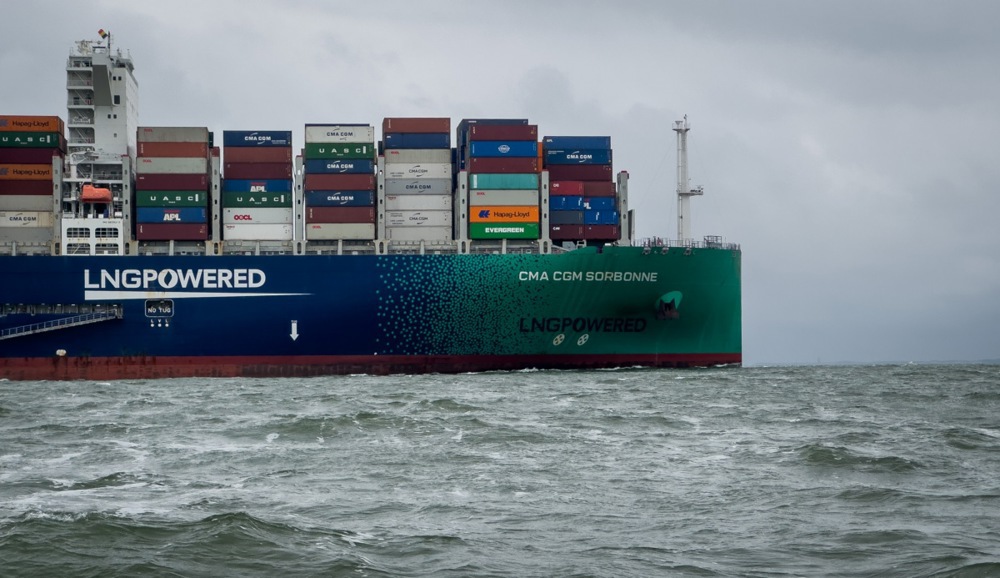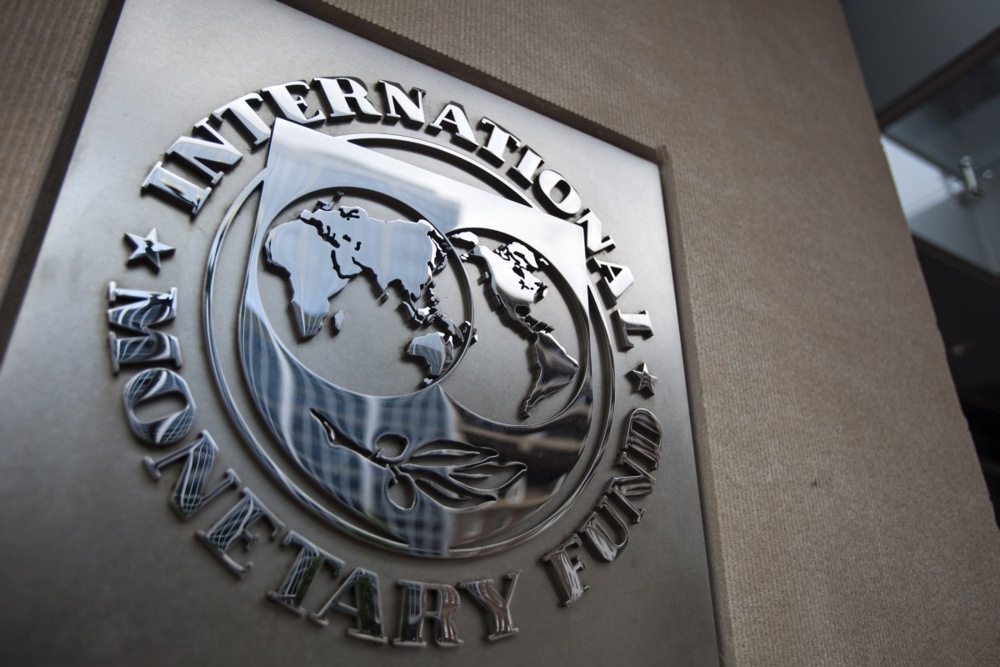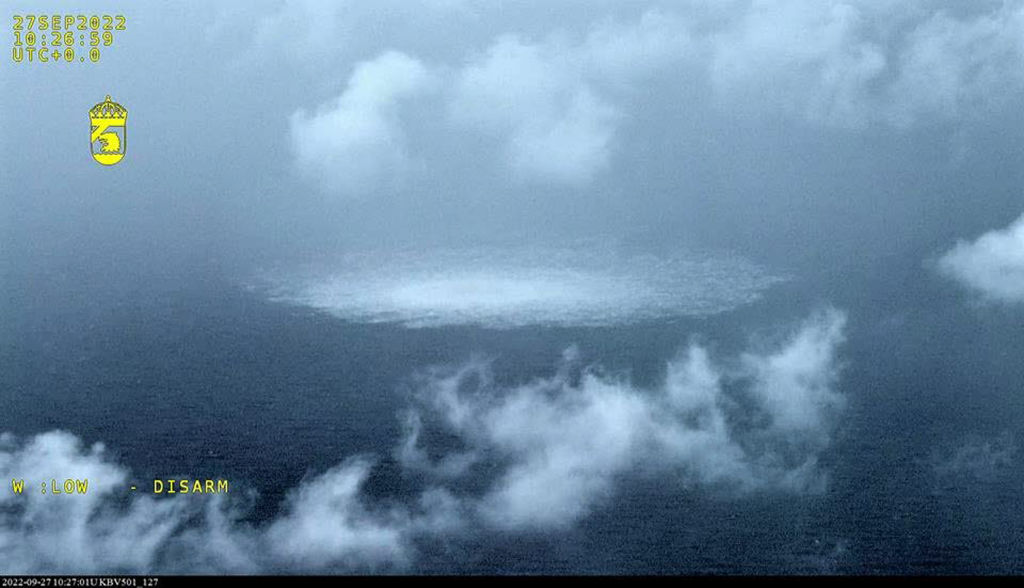Rising global gas consumption and geopolitical tensions could cause gas shortages in Europe this coming winter, the International Energy Agency (IEA) has warned.
In its latest report, the IEA says that natural gas markets have returned to more pronounced growth, with global gas demand expected to reach new all-time highs in 2024 and 2025.
However, limited LNG supply growth and the war in Ukraine, plus other international conflicts, are cause for concern.
The transportation of Russian gas through Ukraine is a major issue ahead of the Northern Hemisphere winter of 2024–25, the IEA says, as current contracts are scheduled to expire at the end of 2024.
All piped gas supplies from Russia to Europe via Ukraine may be discontinued as a result.
“Some Central and Eastern European markets would be the most impacted by the halt of these transit flows”, the IEA writes.
It goes on to say that in their assessment, “the halt of Ukrainian transit would not pose an immediate supply security risk to Austria, Hungary and Slovakia”. But the vulnerability of Moldova is “significantly greater and would require a close cooperation between Moldova and regional and international partners to ensure energy supply security over the winter season.”
One of the architects of the European Green Deal has received permission from the European Commission to take up the role of Chairman with Gasunie, a Dutch gas company. https://t.co/NpJsUQsfXn
— Brussels Signal (@brusselssignal) August 9, 2024
The IEA added that such shortages would result in more LNG imports being needed in 2025.
To address this, the IEA recommends that flexibility mechanisms along gas and LNG value chains could be enhanced by improving the liquidity of the global LNG market, integrating the Ukrainian gas storage system into the global gas market, and considering potential frameworks for voluntary gas reserve mechanisms.
Asked about this potential problem, a spokesperson from the European Commission denied there were any issues.
“EU gas storages are well filled at the current time, at almost 95 per cent of capacity,” the representative told Brussels Signal, referring to the daily updated numbers by Gas Infrastructure Europe.
“The gas transit agreement via Ukraine is due to end on December 31, 2024. In the spirit of our REPowerEU Plan, agreed by all the 27 Member States, the Commission will not push Ukraine to the negotiating table with Russia for an extension of this gas transit agreement.”
“The EU has been preparing for many months for this scenario and, as Commissioner for Energy Kadri Simson said several times, we are ready to live without this Russian gas.”
“Thanks to our preparations and diversification efforts, Europe can satisfy its demand for this winter and refill its gas storage in spring 2025 without using Russian pipeline gas. We have been working very closely with the Member States, especially those most affected by this transit agreement, on their diversification options.”
French imports of Russian liquified natural gas are surging and feeding into an increase in exports of Russian LNG to the rest of Europe. https://t.co/SIOebwclAl
— Brussels Signal (@brusselssignal) August 7, 2024
Global gas demand is forecast to rise by more than 2.5 per cent in 2024, with similar growth expected in 2025, according to the IEA.
A significant portion of the rise can be attributed to rapidly expanding Asian markets, but the industrial gas demand in Europe is also increasing, albeit still well below its pre-crisis levels.
“The growth we’re seeing in global gas demand this year and next reflects the gradual recovery from a global energy crisis that hit markets hard,” said IEA Director of Energy Markets and Security Keisuke Sadamori.
“But the balance between demand and supply trends is fragile, with clear risks of future volatility. Producers and consumers must work together closely to navigate these uncertain times while taking into account the need to advance clean energy transitions to ensure a secure and sustainable future.”
According to the analysis, markets are still susceptible to unforeseen changes.
Since the start of the global energy crisis, LNG’s contribution to the global gas trade has increased, and it will probably be essential to preserving the supply-demand equilibrium on a worldwide scale.
Although shipping is still impacted by restrictions in the Red Sea and Panama Canal, the supply of LNG has not yet decreased as a result of these restrictions.
Nonetheless, they draw attention to the possible weaknesses of the LNG trade in a global gas market that is becoming more integrated.
In 2025, when a number of significant LNG projects come online, mostly in the second half of the year, the scenario might change as LNG supply growth is expected to pick up speed and approach 6 per cent. While new volumes from Asia and Africa will also contribute, the great majority of the new capacity will come from North America.
Reports from Russian exploration vessels suggest vast amounts of oil and gas have been discovered in Antarctica, partly in areas claimed by the UK and Argentina. https://t.co/daDAxggALP
— Brussels Signal (@brusselssignal) May 15, 2024





